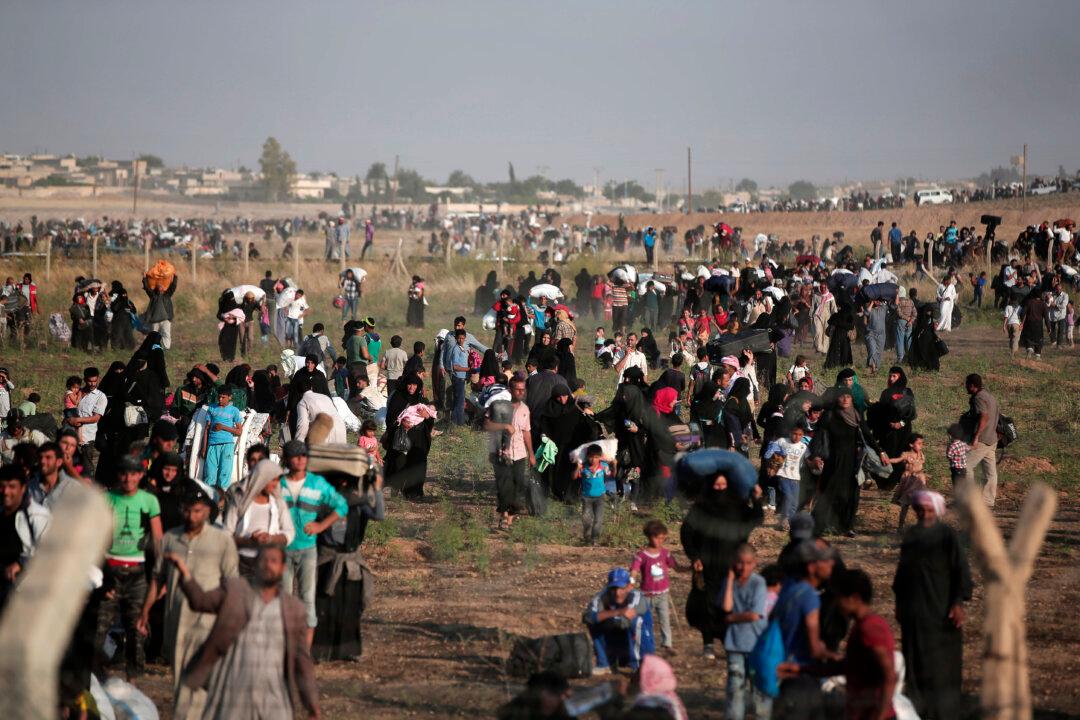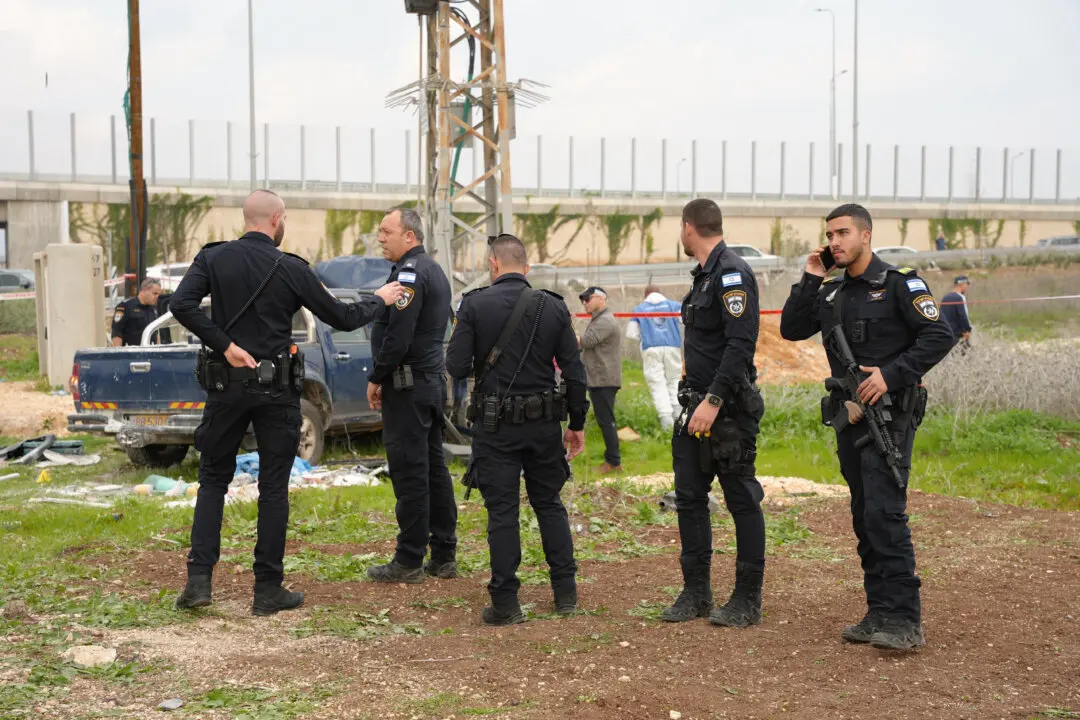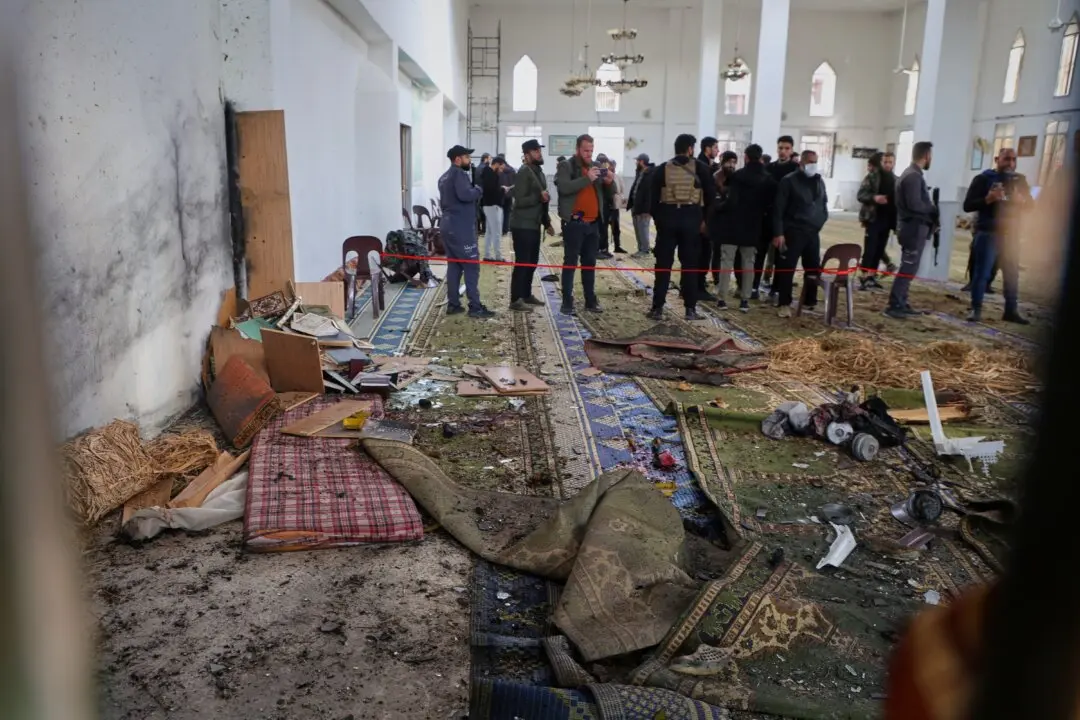GAZIANTEP, Turkey—Along the border near the southern Turkish city of Gaziantep, a wall of giant concrete blocks is going up as Turkey tries to seal off a region that for years was a jihadi highway through which thousands of extremist fighters flowed to join the Islamic State group in neighboring Syria.
Turkey has always denied permitting the movement of IS militants into Syria and insists it has been doing its best to stop the transit, even before construction on the massive wall began late last year.
Documents obtained by The Associated Press, however, tell a different story, showing a pattern of porousness along Turkey’s 566-mile- (911-kilometer-) long border with Syria that has been vital for the extremist group’s expansion as it built its self-declared “caliphate.”
The AP analyzed 4,037 “entry documents” logged by the Islamic State group for its fighters entering from Turkey into Syria between September 2013 and December 2014. Around three-quarters of them entered through three particular crossing areas.
Those fighters alone would make up between 25 to 40 percent of the estimated total of IS’s foreign recruits, and they likely do not represent all fighters that entered through Turkey during that period. According to CIA estimates, IS had 20,000-31,500 fighters by the end of 2014, around half of them foreigners. The documents were leaked to a Syrian opposition news site, Zaman al-Wasl, which provided them to the AP.






